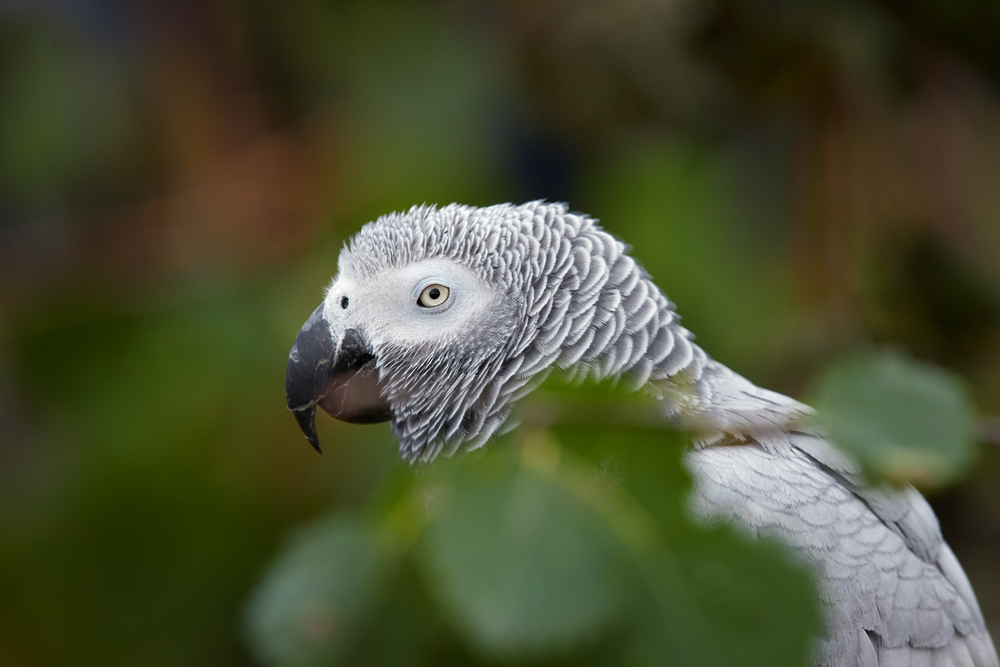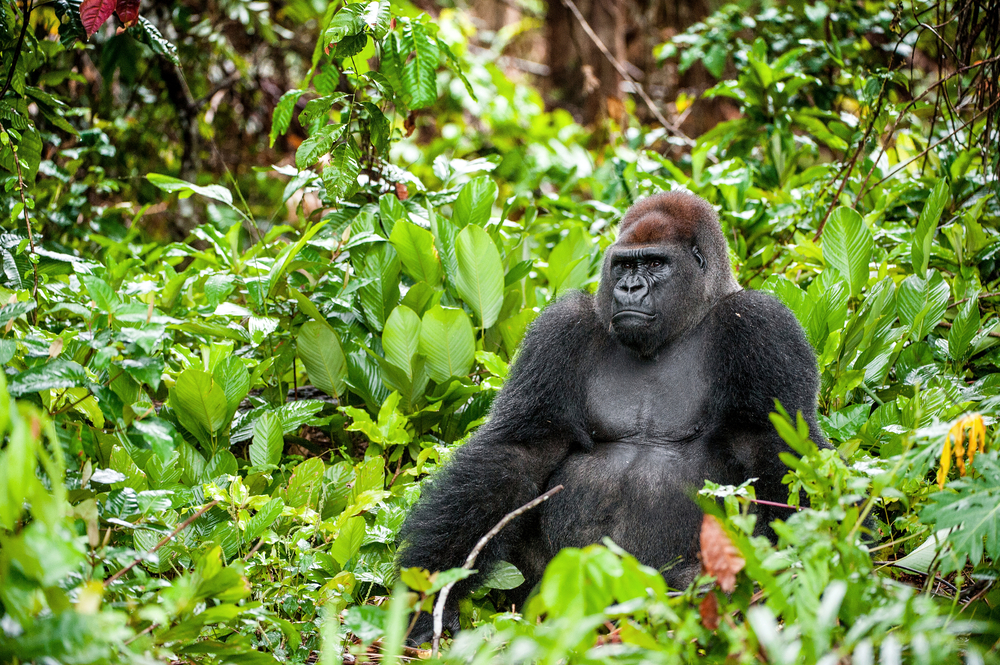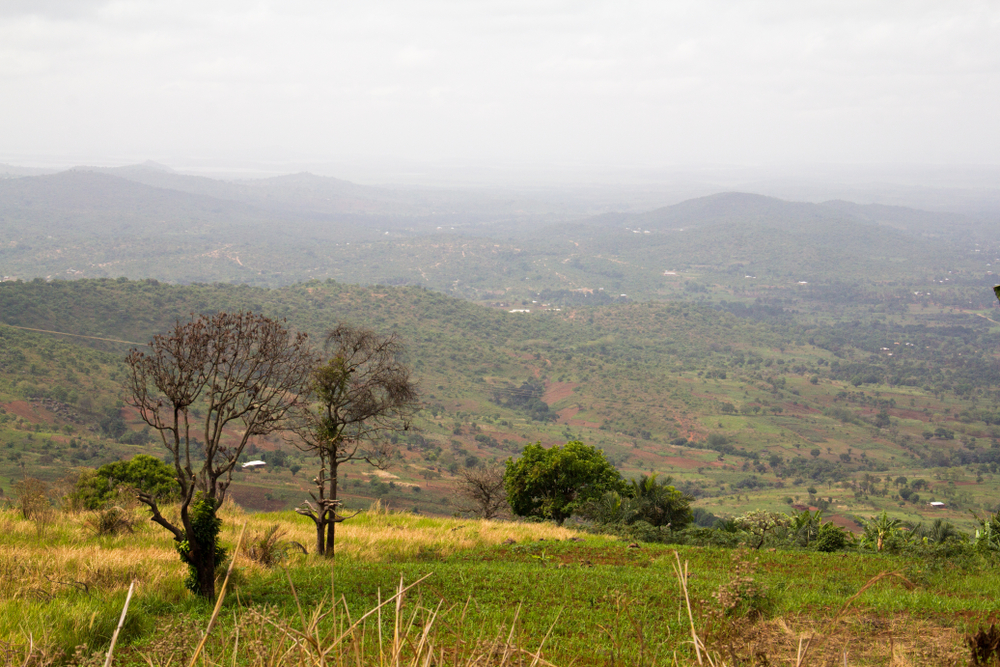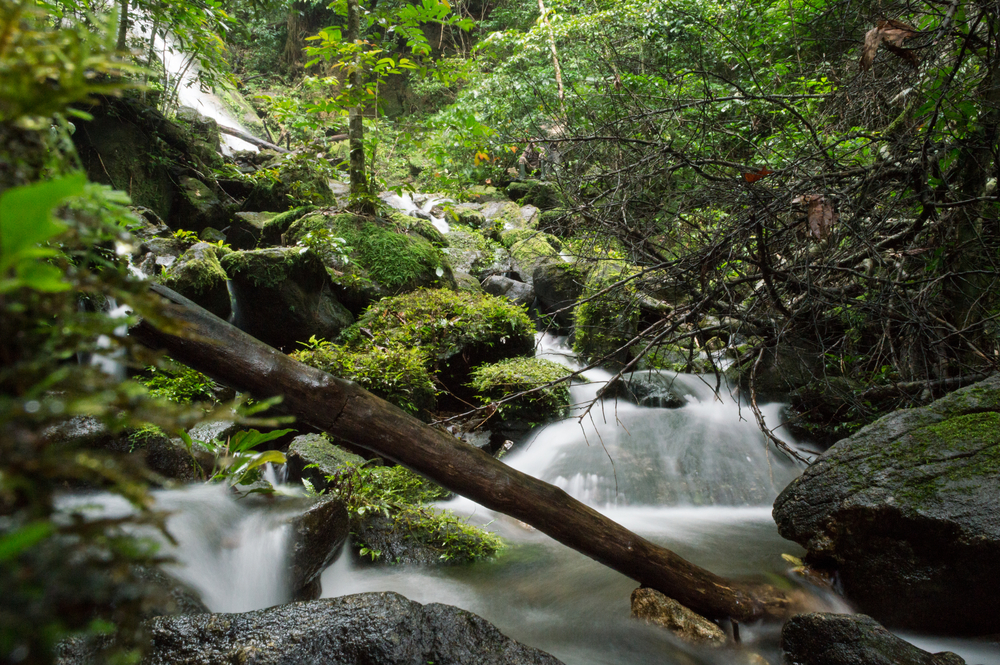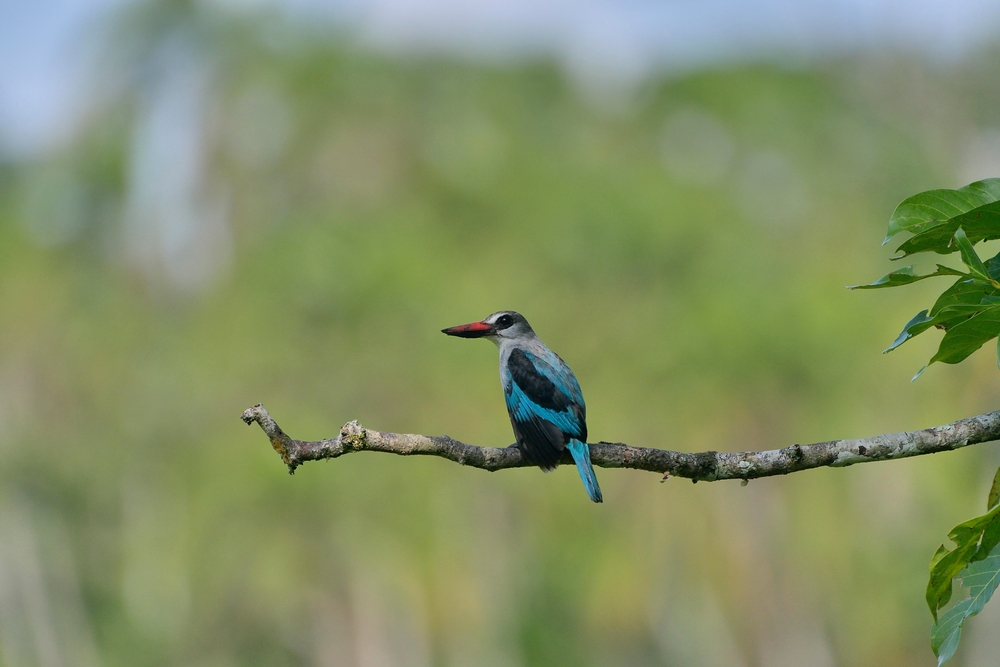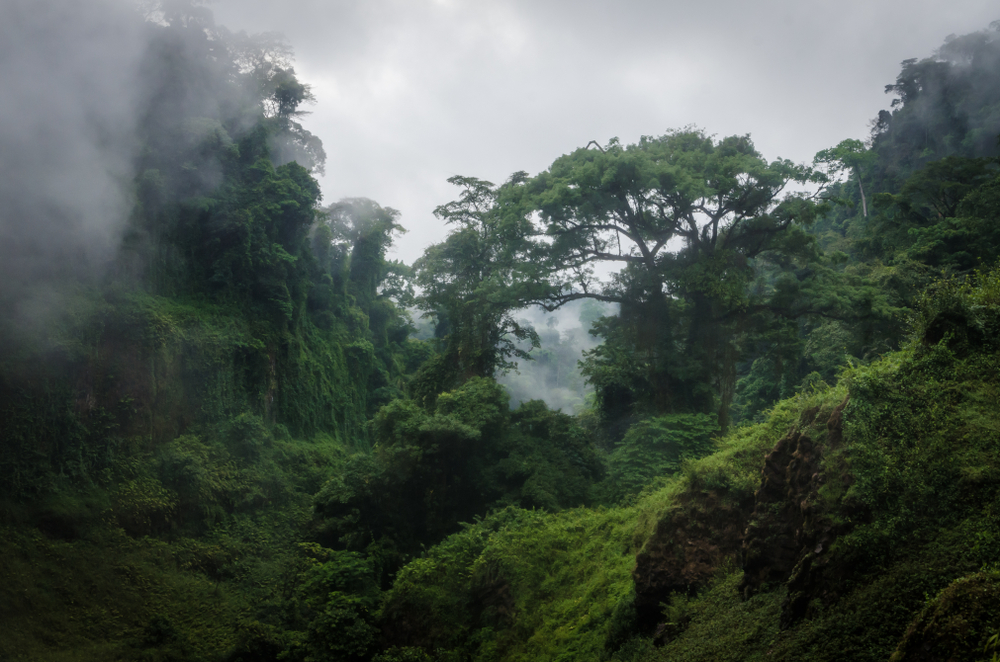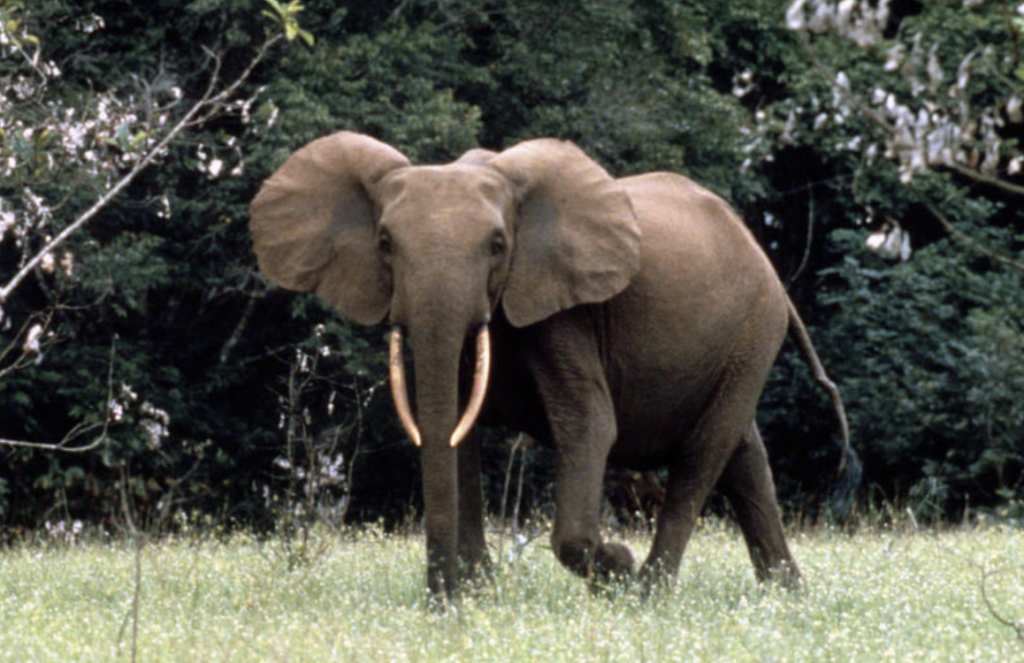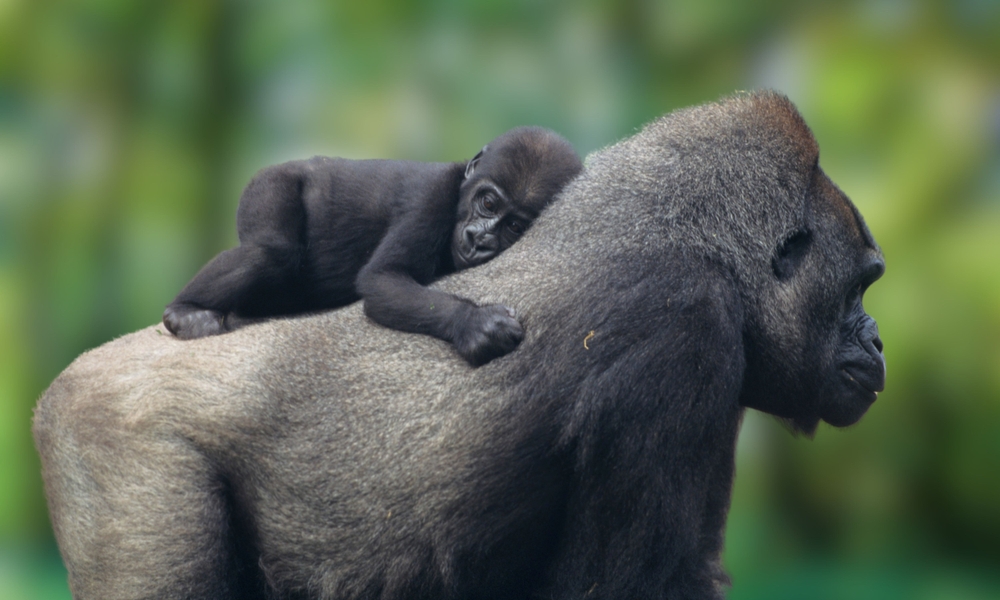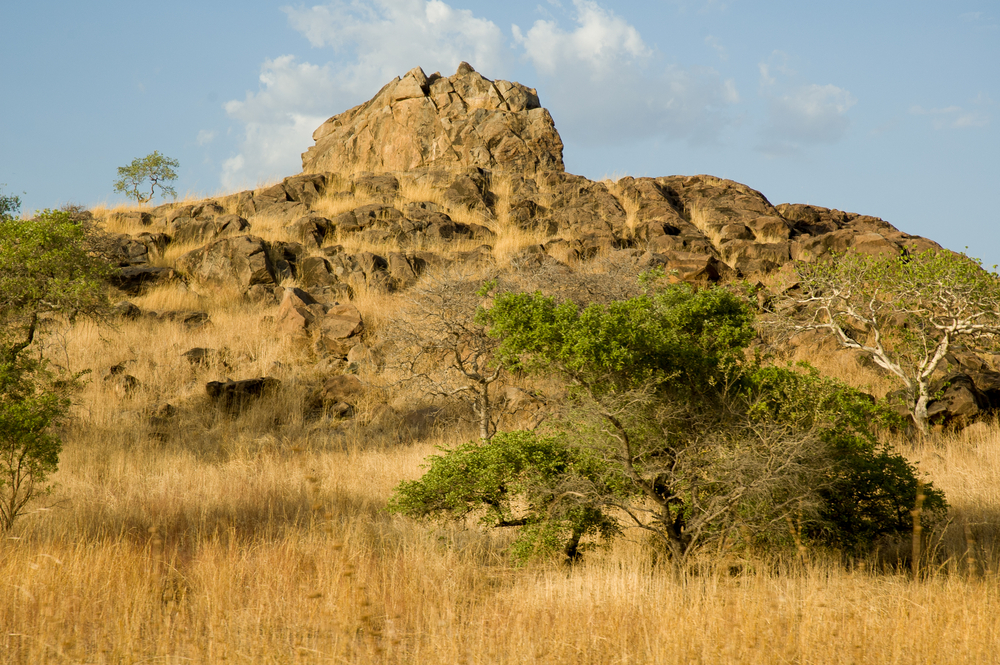Tchabal Mbabo Overview
Tchabal Mbabo National Park, located in northern Cameroon, is a stunning conservation area celebrated for its unique biodiversity and remarkable landscapes. Locally known as “Parc National de Tchabal Mbabo”, the park covers approximately 1,500 square kilometers (579 square miles) and serves as a critical refuge for wildlife in the region. Named after the Tchabal Mbabo mountain range that defines much of its terrain, the park is an essential component of Cameroon’s efforts to preserve its rich natural heritage and support ecological balance.
The terrain of Tchabal Mbabo National Park is characterized by rugged mountain peaks, rolling savannas, and river valleys. The Tchabal Mbabo mountain range, with elevations exceeding 2,400 meters (7,874 feet), is a dominant feature and provides habitat diversity that supports a variety of species. Rivers and streams meander through the park, creating fertile riparian zones and wetlands. Vegetation transitions from montane forests and grasslands at higher altitudes to expansive savanna ecosystems in the lowlands, with scattered acacia and baobab trees punctuating the landscape.
Tchabal Mbabo is home to a rich array of wildlife, with several species considered globally significant. Forest elephants, buffalo, and antelopes, including roan and hartebeest, roam the park’s savannas. The park also supports primates such as patas monkeys and baboons. Birdlife is particularly diverse, with species like African grey parrots, vultures, and eagles thriving in its varied habitats. Reptiles and amphibians inhabit the rivers and wetlands, further contributing to the park’s biodiversity.
Visitors to Tchabal Mbabo National Park can immerse themselves in its natural beauty through a range of eco-tourism activities. Guided hikes in the Tchabal Mbabo mountains offer opportunities to explore unique montane ecosystems and enjoy breathtaking views. Wildlife observation, particularly on game drives across the savannas, allows visitors to encounter elephants, antelopes, and other species in their natural habitats. Birdwatching tours are also popular, given the park’s wealth of avian species. Additionally, cultural interactions with local Fulani communities provide valuable insights into traditional pastoral lifestyles and sustainable practices.
The park faces significant conservation challenges. Illegal poaching and habitat loss due to agricultural expansion threaten its wildlife and ecosystems. Overgrazing by livestock and human-wildlife conflict exacerbate these issues, particularly as communities expand near the park’s boundaries. Climate change adds to these pressures, altering rainfall patterns and impacting biodiversity. Conservation efforts led by the Cameroonian government, with support from international organizations, include anti-poaching patrols, habitat restoration projects, and community engagement initiatives. Eco-tourism development is seen as a sustainable way to generate income and foster local stewardship for the park.
Tchabal Mbabo National Park is a critical part of Cameroon’s natural heritage, offering a sanctuary for biodiversity and a valuable destination for eco-tourism. Its dramatic landscapes, unique wildlife, and cultural significance make it a vital conservation priority. Protecting Tchabal Mbabo ensures the survival of its ecosystems and supports broader efforts to preserve Africa’s rich natural legacy.








































































